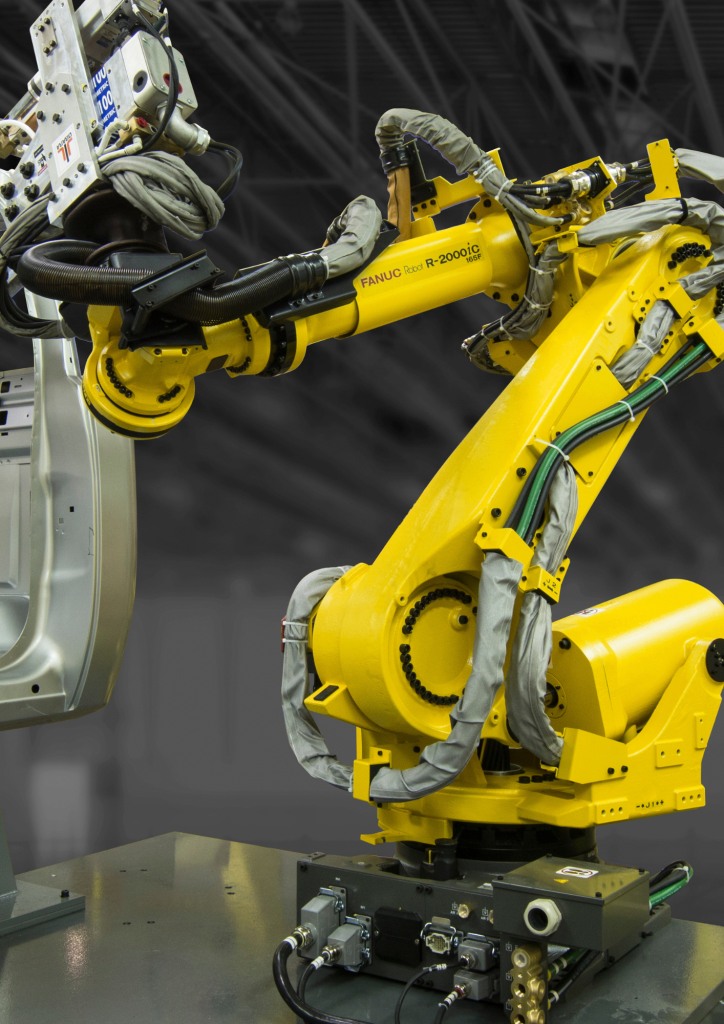In the midst of modern manufacturing, robot arms are revolutionizing the rules of production, blending precision, safety and efficiency in ways that were once unimaginable. These marvels of the mechanical realm – sometimes known as robot arms become indispensable to businesses around the world, driven by an urgent need to cut costs without sacrificing quality. Robotic arms are being incorporated into production lines to lower costs and improve safety. We’ll look at how these revolutionary robots are changing the face of industry.
The primary force behind the global surge in robotic arm use is cost-efficiency. The owners of factories are under constant pressure to reduce accidents at work, reduce manufacturing errors, and decrease the amount of waste. Robotic arms are specifically designed to address these issues. Robot arms eliminate costly mistakes and minimize the use of raw materials because they can perform repetitive tasks more precise than humans. For instance, in large-scale industries such as automotive manufacturing, robotic arms ensure precise welding and part positioning making sure that the assembly is perfect each time. This accuracy can translate into significant savings, since less defective products mean less rework and waste.

Image credit: automatedsolutions.com.au
The safety of robot arms is also an important aspect. Numerous manufacturing jobs like working with hazardous materials or using large machinery pose risks for human workers. Utilizing robot arms, businesses can eliminate employees from these hazardous areas, greatly cutting the possibility of injuries sustained in the workplace. Robotic arms, designed as a chain of joints that move, are able to mimic the functions of human arms, without causing physical injury. Equipped with end effectors that can be programmed to work basically robotic hands, These machines are able to perform tasks like grabbing, spinning or welding under conditions that would be unsafe for humans.
Robot arms’ versatility is a game-changer in many industries. Robot arms are adaptable to various tasks. From assembly of automobiles, to electronic production. They can handle complex operations with unparalleled precision, like painting and tending with a machine. Robotic arms for warehousing have revolutionized palletizing by automating the loading of pallets with goods. Automation increases productivity and reliability because robot arms work continuously and never get tired.
One of the most intriguing advancements in this field is the rising popularity of collaborative robots or cobots. They interact with human employees. Unlike traditional industrial robots confined to isolated cells, the cobots that are equipped with robotic arms are designed to allow safe, seamless interaction with humans. In a factory environment the robot arm of a cobot might handle difficult lifting or repetitive tasks, allowing humans to concentrate on more complicated tasks. The cobots will stop or modify their movements if they detect a worker nearby.
The impact of robotic arms goes beyond safety and efficiency, to the fundamental structure of modern manufacturing. They are indispensable to industries that require high precision for tasks like welding, assembly or even material handling. For instance, in automotive production, a robotic arm can move and rotate parts during assembly, ensuring the perfect alignment of parts without human intervention. Similarly, in electronics, robot arms handle delicate components with care, reducing damage and improving output quality.
As industries evolve the role of robotic arms will grow. They are a cornerstone for manufacturing’s future due to their ability to cut costs, increase safety and adapt to different tasks. Robot arms, which blend cutting-edge technologies with human creativity They are not just tools and tools, but are actually partners in progress. They are the engine behind innovations and revolutionize the way in which the world is built.